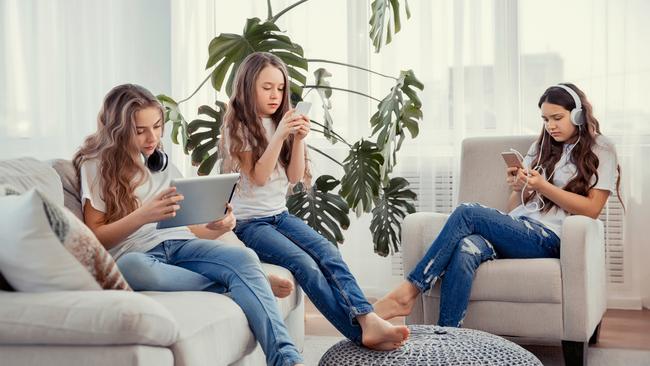
When I take the train, I do the maths based on a rough estimate of 100 passengers crammed into a carriage.
Book readers, or at least those who do so in public, run about three per cent.
There will be a few passengers staring off into the distance. Maybe another one catching up on some sleep. I am sorry to say newspaper readers are rarely seen. A bit like a sighting of the Night Parrot. It happens but not often.
Everyone else, including me, is physically attached to a smartphone in some way or another, scanning their screens, flipping through social media, listening to podcasts, streaming music or television shows and, one hopes, reading the news online.
As the train pulls into stations, schoolchildren pile in. At last, there is a return to some form of social normalcy. Kids are socialising, often excitedly conversing and skylarking about. Two or three stations later, they’re all gone and immersion into virtual reality resumes.
The first smartphone hit the market 30 years ago but their pervasive spread is less than two decades old. According to the Australian Communications and Media Authority, a third of Australian children aged between 6 and 13 own a smartphone. Acquisition bounces to two-thirds of children aged between 12 and 14. In the ensuing years before adulthood, 82 per cent of children own a smartphone.
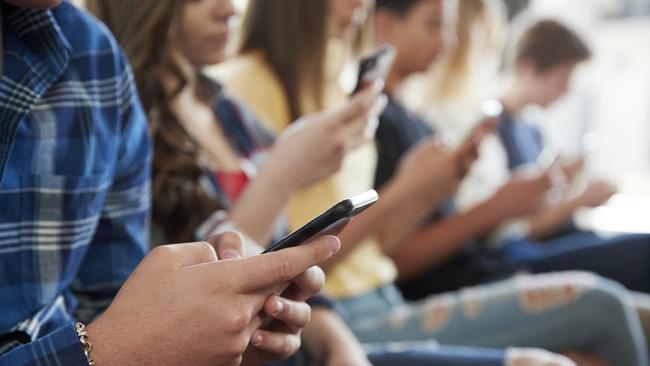
The Minns government in New South Wales is implementing a ban on mobile phones in secondary schools. This will commence in term four this year. Bans are already in place in state primary schools in NSW. New South Wales is the last of the states to ban mobile phones in schools. Victoria was the first in 2020.
One former school principal in New South Wales told me some of the worst situations arose when a teacher in the classroom sent an errant student to the principal’s office. By the time the student arrived to go head to head with the headmaster, one of his or her parents had already called into the school to make a complaint, based on a subjective determination of Little Johnny’s or Little Jill’s (these days it is Little Braxton’s or Little Willow’s) account of the fracas. It makes the imposition of discipline almost impossible.
The only jurisdiction without a ban of mobile phones is the ACT where its Green-Left government appears sanguine.
“Helping students understand appropriate behaviour both on and offline is part of each student’s learning journey,” Education Minister, Deputy Chief Minister and Labor MP, Yvette Barry said last year.
Don’t forget to fight the power, ACT kids.
Even with bans in place on school grounds across all but a small part of the country, it still leaves 17 hours a day for kids to clutch, toggle, swipe and fiddle with their smartphones.
In commentary for The Times, UK Foreign Secretary, William Hague wrote of spikes in mental illness among children and adolescents coinciding with the ubiquity of smartphones.
Hague’s view is more correlation than causation. The reach of child psychiatry and counselling is now greater than ever which blurs the statistics somewhat.
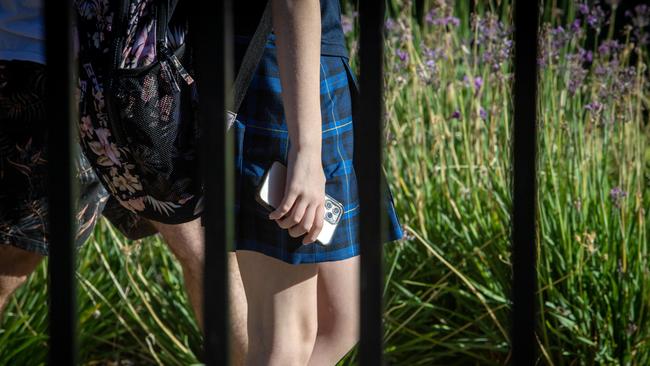
But one small Canadian study of 2983 participants who entered primary school at preparatory or kindergarten stage in 2019, showed that children with more than one hour of daily screen time were more likely to be vulnerable in all five developmental health domains – physical health and wellbeing, social competence, emotional maturity, language and cognitive development and communication skills, compared to children reporting up to one hour of screen time per day.
When we move to adolescents where screen time can routinely run to five, six, seven or more hours a day, one of the measurable impacts is the lack of deep REM sleep. Blue screens inhibit the release of melatonin for users. Sleep specialists will tell you that anyone who doesn’t get a good eight hours of sleep a night will be cognitively impaired to a certain degree the following day.
Many teens who stay up late glued to a blue screen are not only getting less shut-eye, they’re also losing the capacity for processing and storing information from that day into memory. They might not fall asleep in the classroom but they’ll be flat out remembering what knowledge and skills they obtained the previous day.
The problem goes beyond the costs of insomnia. A developing brain constantly builds neural connections. Where these connections preponderantly come from a virtual reality as seen in social media or gaming, those connections become overstimulated and the scope for imagination and of thought processes based in reality diminishes.
Much of social media and online gaming contains a variable reward system, much as you would experience if you spent time on a stool pushing the buttons on a poker machine.
The hackneyed line about the dangers of violent gaming, desensitising young brains and leading them into high risk behaviours is a furphy but what spending a lot of time on a smartphone does is narrow the functions of the brain which rely on the power of reflection and imagination.
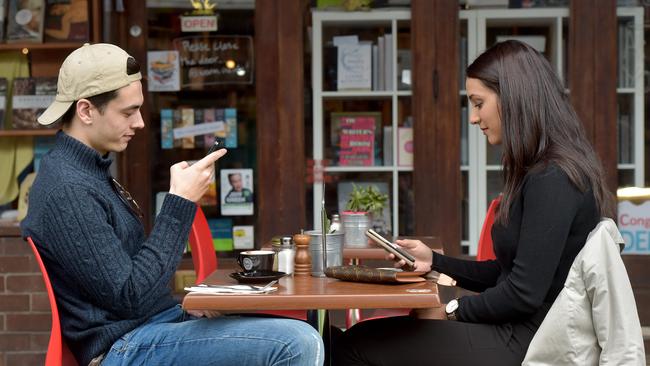
It is also worth raising what young people are getting themselves into with various social media platforms. User terms and conditions from social media platforms are generally accepted with the touch of the screen.
The pay-per-view OnlyFans platform has terms and conditions running to 16,000 words. It would take an adult an hour to read them. It would take at least a paralegal’s expertise in legal jargon to understand them.
Video sharing platforms like the benighted TikTok have terms and conditions containing several thousand words. It could easily be abbreviated to just eight. Click and play. Your data belongs to us. In this case ‘us’ refers to a company called ByteDance which is partly owned by the Chinese government.
We shouldn’t lapse into a moral panic about smartphones in the hands of children and amplify their drawbacks over their benefits but this is virgin social ground and some of the early signs in rates of mental illness are disturbing.
Our educators and their bureaucrats have acted to diminish the harm to children from inappropriate and overuse of smartphone technology. The broader question is, can we?



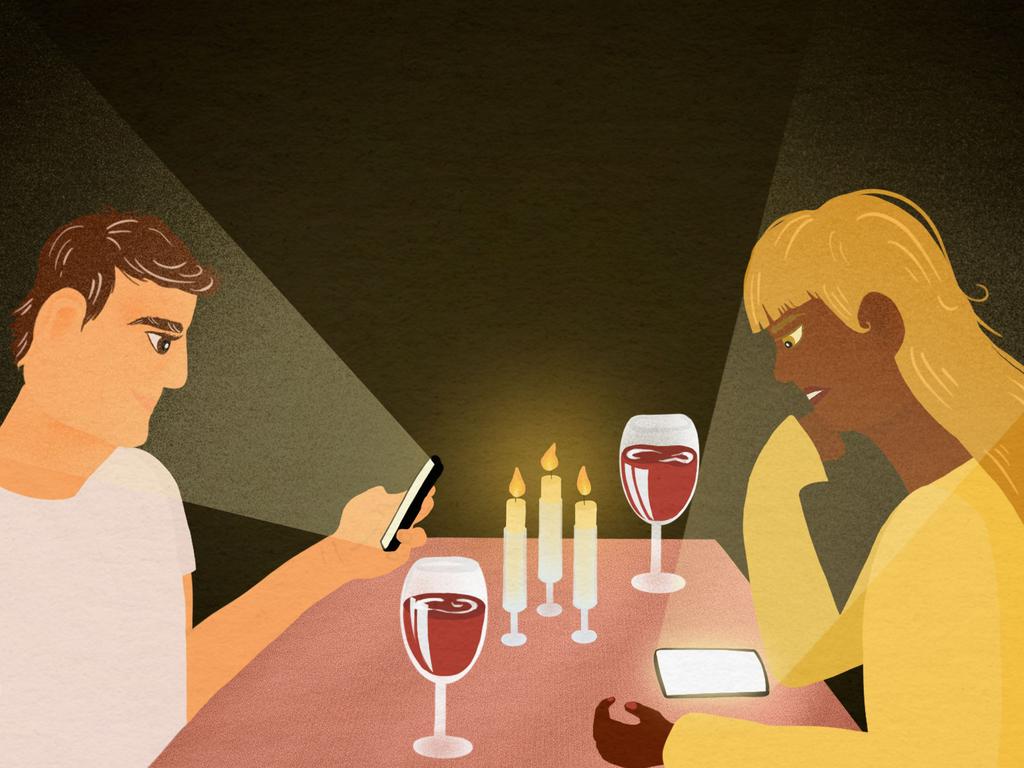
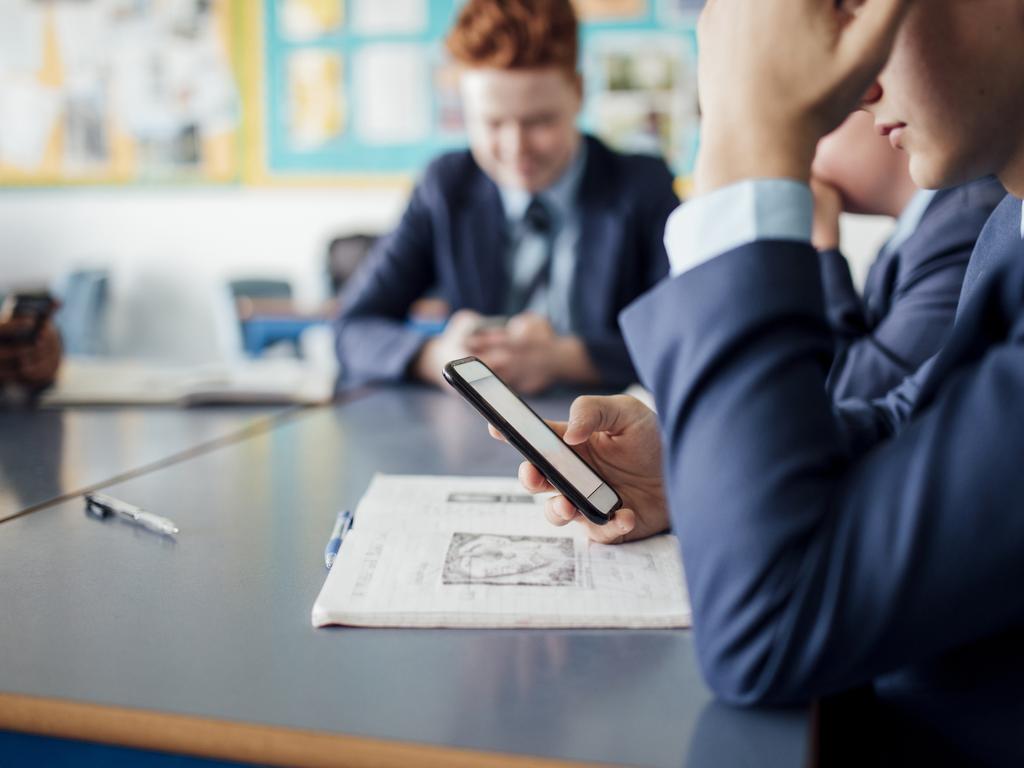



Hop aboard a train in the busy morning peak hours and it all becomes clear.